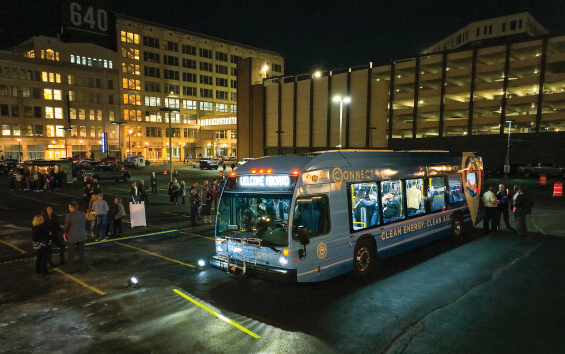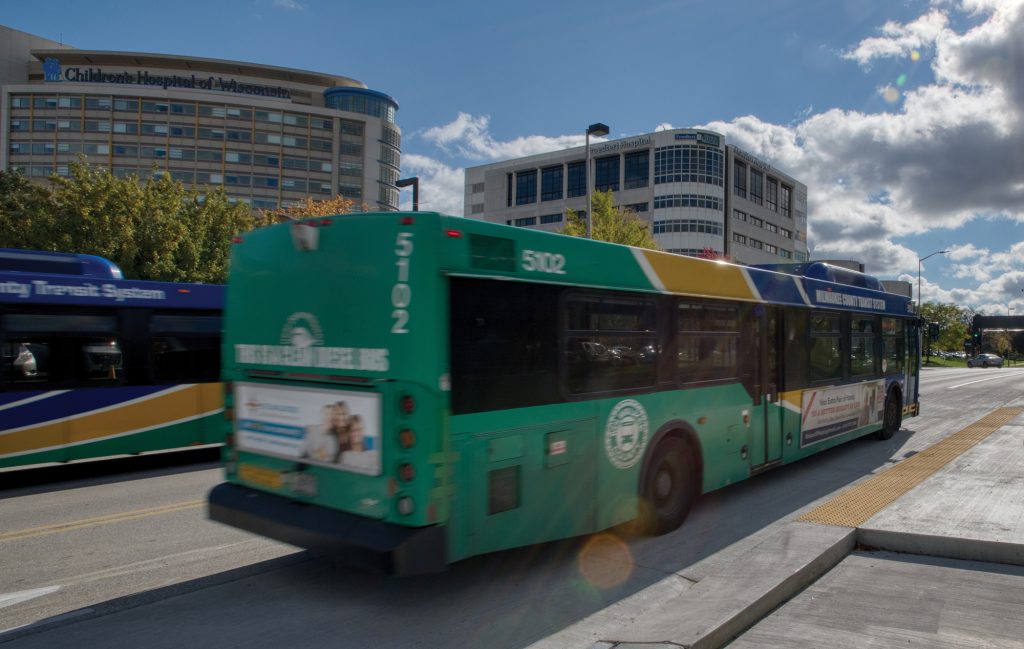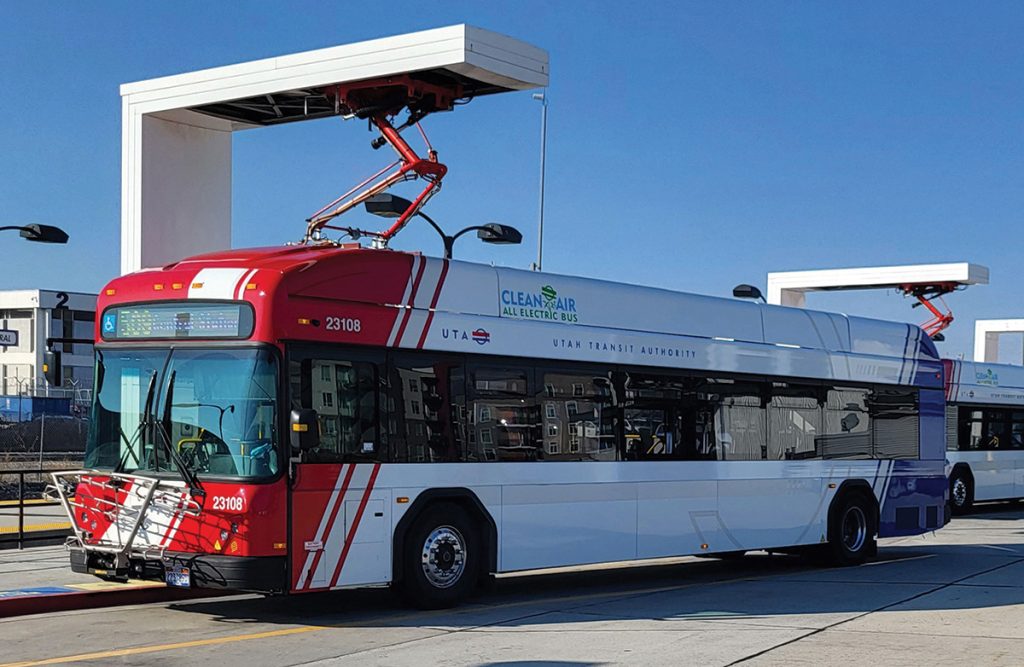From Testing to Transformation: How Pilot Programs Are Accelerating the Zero-Emissions Transition
By Amanda DeGiorgi and Fiona Wu | 10/1/2024
BY AMANDA DEGIORGI
Senior Director, Zero Emissions Fleet and Facilities
HNTB
and FIONA WU
Zero Emissions Implementation Project Manager
HNTB

With various federal government commitments and jurisdictions setting ambitious goals to reduce greenhouse gas emissions, the public transit and rail industry is focused on transitioning to zero-emissions systems.
As agencies explore new technologies and methods, it quickly becomes evident that there is no one-size-fits-all approach to creating more sustainable and resilient transit infrastructure. Each region’s geography presents different opportunities or challenges, even within an agency’s borders. Geographies such as mountains, deserts, and coasts, and weather such as extreme heat and cold directly affect the performance of vehicle technology, the needs of local communities, and transit facility requirements.
Navigating this transition can be involved. Rather than attempting to tackle the entire path to zero-emissions all at once, an incremental, progressive approach can lead to knowledge and success.
Tailored vehicle pilot programs are ideal for agencies to kick-start their transition, providing real-world performance data and experience to inform operations, scheduling, maintenance, and procurement for the longer-term transition.
Pilot programs provide a chance to test new buses, rail vehicles, or ferries on existing routes; understand how they work; and how to maintain them while working closely with the manufacturers. First-hand use through pilot programs is ideal for these key reasons:
- A pilot program demonstrates prudency and flexibility. It allows agencies to make significant steps toward their transition, while not converting hundreds of thousands of vehicles to a single technology.
- An agency can test various systems and find the best ways to integrate them into its operations incrementally, perhaps even with a mix of technologies in a hybrid approach.
- It allows an agency time to train employees on new equipment or hire those already proficient.

For example, when the San Francisco Municipal Transportation Agency (SFMTA) piloted battery-electric buses, it loaded buses to maximum capacity and put them through their most challenging routes, which included hills at 23 percent grade and a 12-hour service cycle. Through each test, SFMTA officials were better able to understand how reliable a bus was, how often it broke down, and investigate other faults they observed.
Similarly, AC Transit in Oakland, CA, trained its drivers and technicians using pilot buses with direct support from the original equipment manufacturers. Over the course of several years and generations of zero-emissions buses, it demystified battery and hydrogen fuel cell technologies, putting the power to maintain its fleet, respond to failures, and provide a reliable service directly into the agency’s hands.
In addition to these benefits, pilot programs allow agencies to ensure the infrastructure meets the needs of the community, as well as demonstrate action and establish or strengthen key partnerships to make the transition a reality.
Lessons from Experience
Even though evolution in the zero-emissions technology market is moving rapidly, adoption of these technologies can prove to be slow and challenging.
For comparison, when modern passenger electric vehicles (EV) were widely introduced in the early 2010s, the technology was far from perfect. Early adopters had to learn the many behavior differences and technology nuances. As EV usage has increased, technology has also evolved to accommodate early inconveniences. Now, there are more than 3 million EVs on the road in the U.S. and many drivers have become familiar with the benefits and particulars of the vehicles. Zero-emissions development in public transit is similar.
A pilot program can help in governing speed of transition at agency and community levels. Communities can see, touch, and experience the new bus or rail system. Agencies can then communicate the changes and the challenges of progress, bringing riders along on the evolving journey with them. This demonstration is powerful with policymakers as well, setting the pace and expectations for implementation.
Build Partnerships

Cost of implementation and power or hydrogen availability continue to challenge agencies striving for zero emissions. While most find battery-electric buses appealing, charging many of them simultaneously is a massive load on the grid. The cost to build the charging infrastructure can be a barrier; meanwhile, hydrogen fuel availability can be variable, limited, and costly.
Fortunately, the zero-emissions transition is not on agencies alone. Partnerships with providers across regions are critical to the success of a transition. Arrangements between manufacturers, agencies, utilities and others prove it can be done. The Los Angeles Department of Transportation is rolling out more than 200 electric buses and has partnered with many public and private entities serving the area to provide power.
Embrace the Evolution
The zero-emissions market is ever-evolving, and the perfect moment to jump in might never come. Instead of waiting for the right time, take proactive steps by launching a pilot program that allows you to dive in with lower stakes. By participating in the early stages of this acceleration, you position your community to be at the forefront of innovation. This approach not only helps you stay ahead of the curve, but also enables you to identify and adopt the solutions that bring the most tangible benefits to your community as you lead, learn, and shape a more sustainable future together.